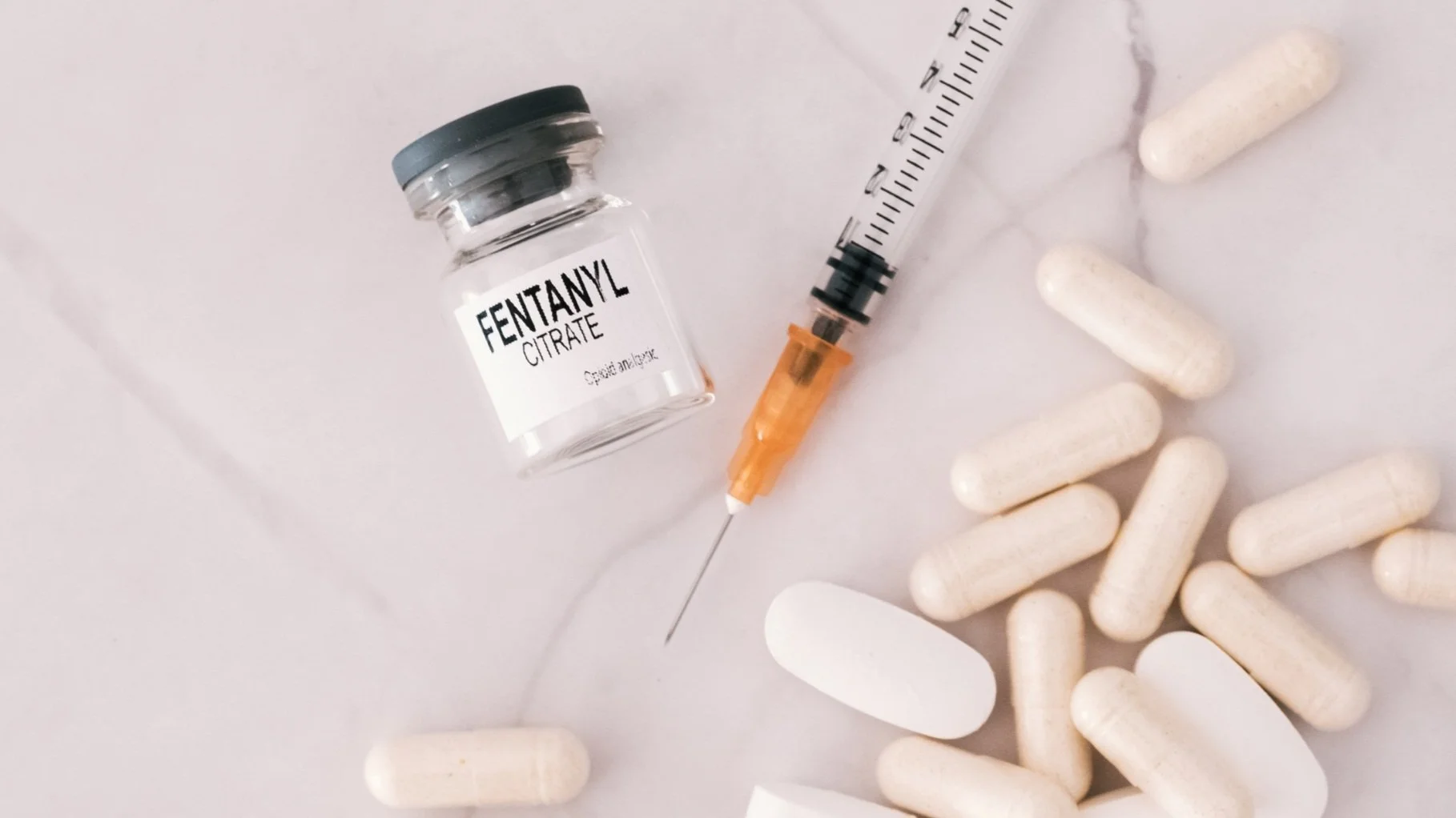What Happens If There's Drug Diversion in My Facility?
Drug diversion within a healthcare facility is a grave issue with far-reaching consequences. If such an incident occurs, it triggers a cascade of negative outcomes, ranging from patient safety risks to legal and financial repercussions. Here's a closer look at what happens when drug diversion is detected in your facility.
Immediate Consequences
Patient Safety Risks
Harm to Patients: The most immediate and serious consequence is the potential harm to patients. They may receive incorrect dosages, wrong medications, or experience delays in receiving necessary treatments.
Infections and Contamination: Diverted drugs are often tampered with, leading to contamination and the risk of infections.
Disruption of Healthcare Services
Investigation and Audits: Upon detection, the facility must conduct thorough investigations and audits, which can disrupt normal healthcare operations.
Staff Reassignments: Employees involved in or suspected of drug diversion may need to be reassigned or suspended pending investigation, leading to staffing shortages and increased workload for other staff members.
Increased Surveillance and Monitoring
Heightened Security Measures: The facility will need to implement increased security measures to prevent further incidents, including enhanced monitoring of drug storage and dispensing areas.
Legal and Regulatory Implications
Criminal Charges
Prosecution of Perpetrators: Healthcare workers involved in drug diversion can face criminal charges, including theft, fraud, and drug trafficking.
Investigation by Authorities: The incident will likely prompt investigations by law enforcement and regulatory bodies, such as the Drug Enforcement Administration (DEA).
Regulatory Penalties
Fines and Sanctions: The facility may face significant fines and sanctions for failing to prevent the diversion, including potential loss of licenses and certifications.
Compliance Audits: Regulatory bodies may conduct comprehensive compliance audits, scrutinizing the facility's drug management practices.
Medicare and Medicaid Repercussions
Program Exclusions: Violations can lead to exclusion from federal healthcare programs like Medicare and Medicaid, severely impacting the facility's revenue.
Financial Impact
Increased Costs
Investigation and Remediation: Conducting investigations, implementing corrective actions, and addressing security gaps can incur substantial costs.
Legal Fees: The facility may face significant legal fees associated with defending against criminal charges, regulatory actions, and civil lawsuits.
Insurance Implications
Higher Premiums: Insurance premiums may increase as a result of the incident, and some insurers may refuse to cover the facility altogether.
Claims and Settlements: The facility may face claims and settlements from affected patients and their families, further straining financial resources.
Operational Impact
Reputation Damage
Loss of Trust: Public trust in the facility can be severely damaged, affecting patient retention and the ability to attract new patients.
Negative Publicity: Media coverage of the incident can lead to negative publicity, compounding the reputational damage.
Employee Morale
Decreased Morale: Staff morale may suffer, leading to decreased productivity and increased turnover rates.
Workplace Culture: The incident can create a climate of fear and mistrust, further impacting the work environment.
Required Actions and Responsibilities
Internal Investigation
Immediate Response: Launch a prompt and thorough internal investigation to determine the extent of the diversion and identify those responsible.
Documentation and Reporting: Document all findings and report the incident to the appropriate regulatory and law enforcement authorities.
DEA Form 106: if records indicate that some controlled substances are not accounted for, submitting DEA Form 106 to authorities might be necessary
Implementation of Corrective Measures
Policy Revisions: Review and revise drug management policies to address identified vulnerabilities.
Training and Education: Provide additional training and education to staff on the risks, signs, and prevention of drug diversion.
Collaboration with Authorities
Cooperation: Fully cooperate with law enforcement and regulatory bodies during their investigations.
Compliance: Ensure compliance with all directives and guidelines issued by regulatory authorities.
Ordered List with Specific Actions
Launch Internal Investigation:
Appoint a dedicated team to lead the investigation.
Set a timeline for the investigation to ensure prompt action.
Secure and review all relevant records and documentation.
Interview staff and any other individuals who might have relevant information.
Determine the extent of the diversion and identify those responsible.
Document Findings and Report Incident:
Compile a comprehensive report of the investigation's findings.
Include details of the diversion, those involved, and any identified vulnerabilities.
Submit the report to the appropriate regulatory and law enforcement authorities.
Review and Revise Policies:
Conduct a thorough review of current drug management policies.
Identify and address any gaps or weaknesses in the policies.
Implement new or revised policies to prevent future incidents.
Provide Training and Education:
Develop a training program focused on the risks, signs, and prevention of drug diversion.
Schedule mandatory training sessions for all relevant staff.
Ensure that staff understand their roles and responsibilities in preventing drug diversion.
Cooperate with Authorities:
Establish a point of contact for communication with law enforcement and regulatory bodies.
Provide all requested information and documentation to authorities.
Facilitate on-site inspections and interviews as needed.
Ensure Compliance:
Review all directives and guidelines issued by regulatory authorities.
Implement necessary changes to comply with these directives and guidelines.
Monitor ongoing compliance and make adjustments as needed.
Support for Affected Patients and Staff
Patient Care: Provide necessary medical care and support to patients affected by the diversion.
Employee Assistance: Offer support and resources to employees involved or impacted by the incident, including counseling and rehabilitation services if necessary.
The occurrence of drug diversion within a healthcare facility triggers a series of serious consequences that affect patient safety, legal standing, financial stability, and operational integrity. Immediate and decisive action is crucial to mitigate these risks, restore trust, and prevent future incidents. By understanding the potential outcomes and implementing robust prevention and response strategies, healthcare facilities can better protect their patients, staff, and organizational reputation.

